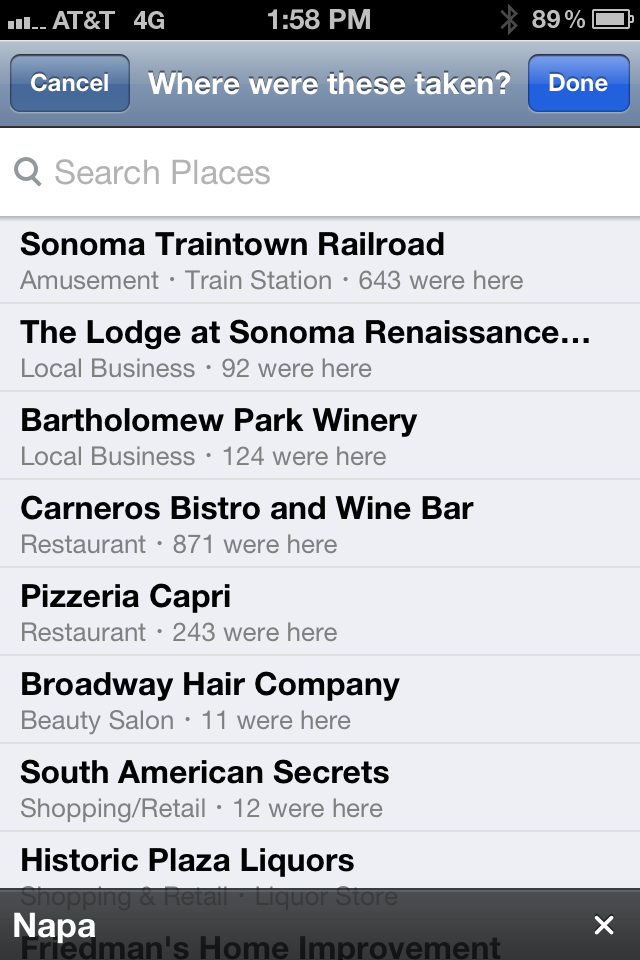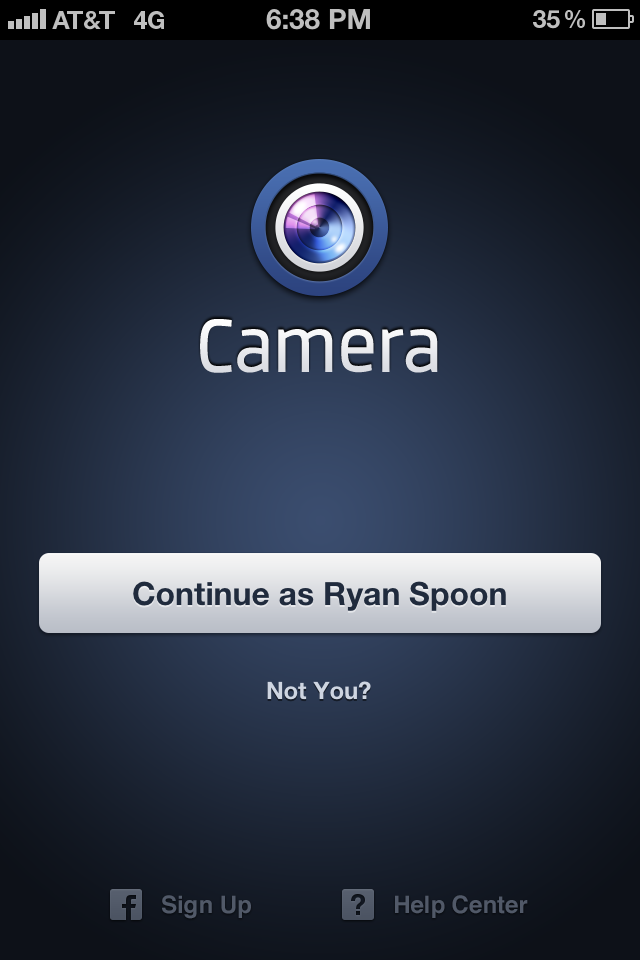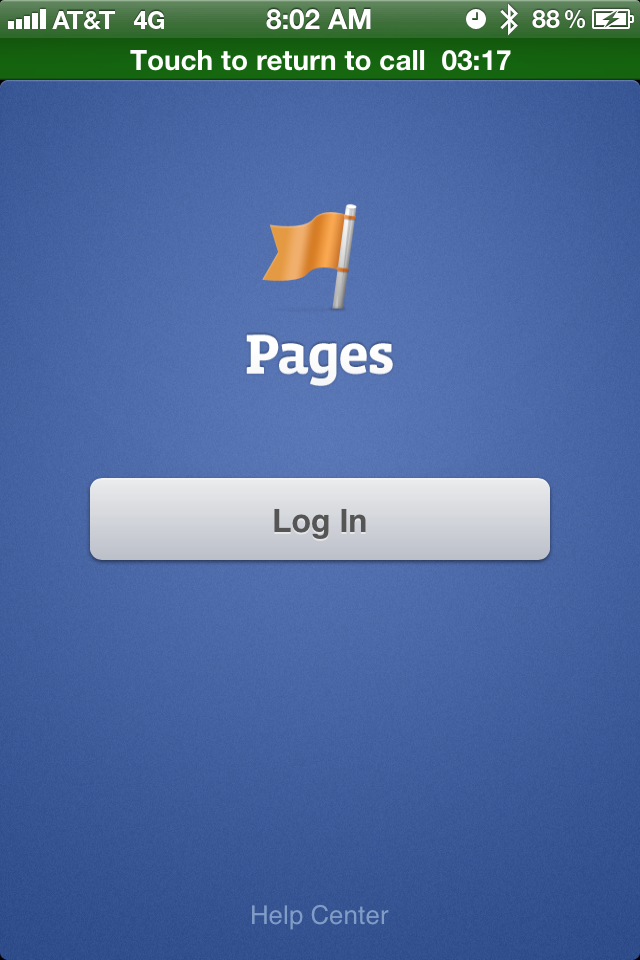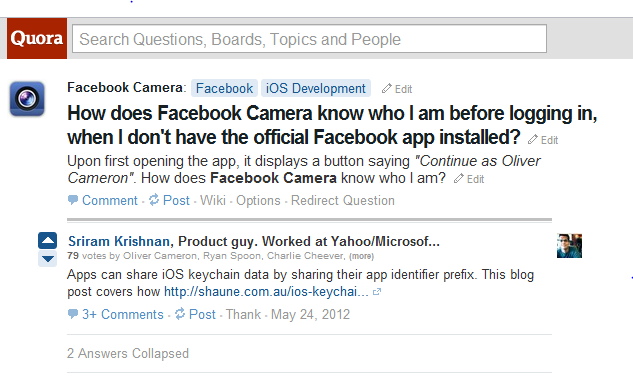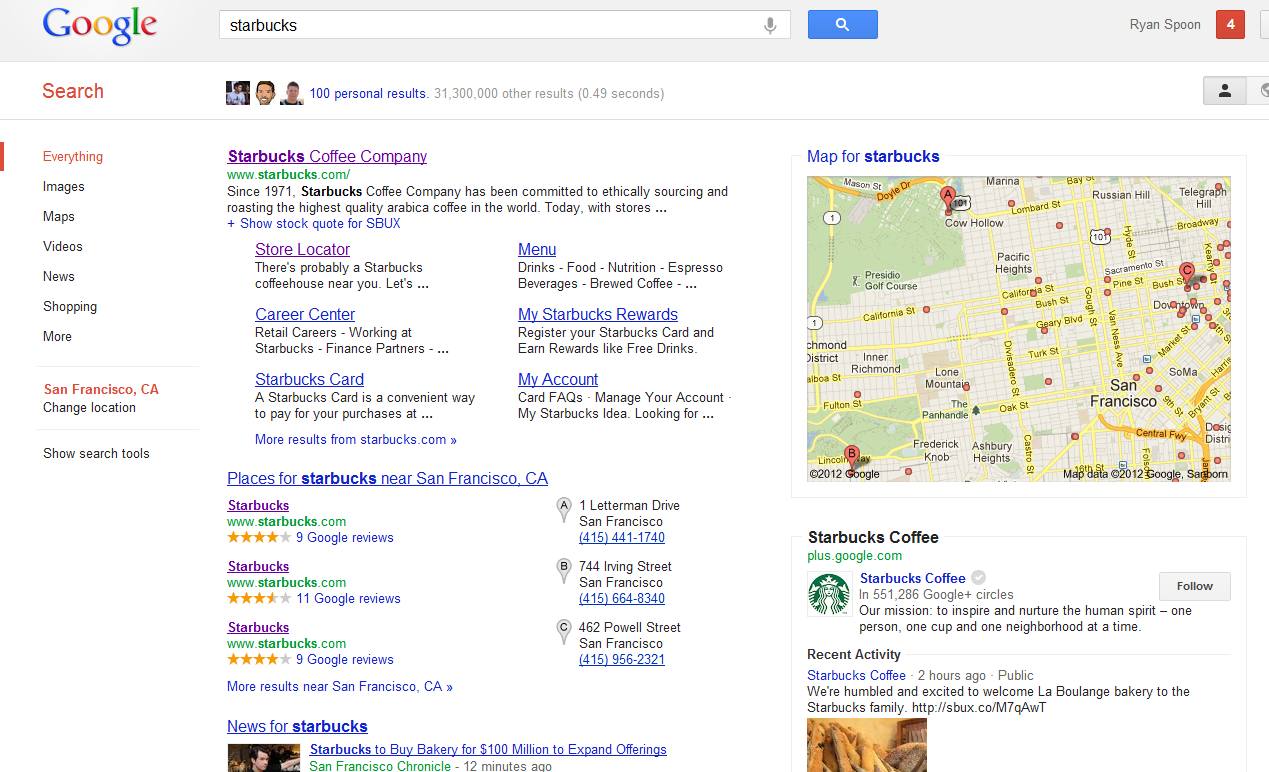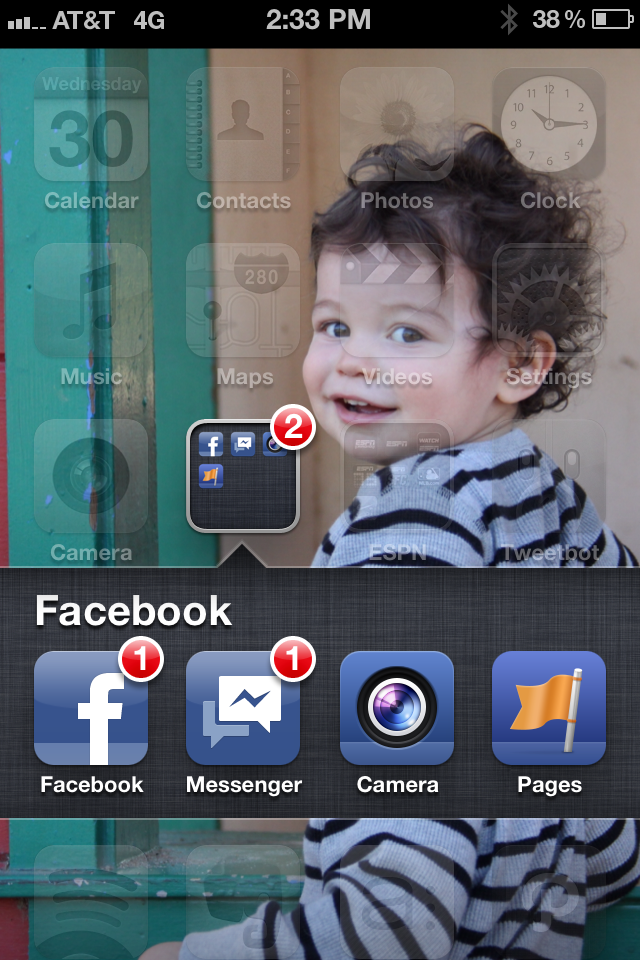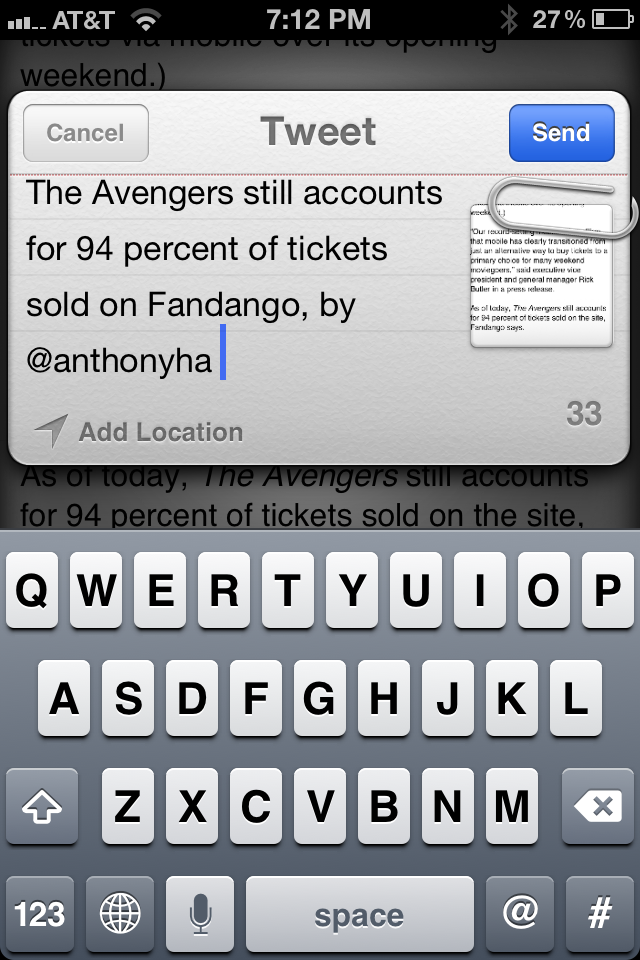I have been sitting on this post for weeks and weeks: I tend to write posts, or the skeleton of posts, ahead of time and publish them later on. In some cases enough time passes - or enough happens and changes - that it makes those posts irrelevant. This one is pretty close. I had the below screenshot surrounded by blurbs outlining three primary points: 1. We all talk about curation as the balance to search in finding. Apple does a good job with it in Movies and in app themes (Fitness: Get in Shape below). This experience is far better than searching a basic category. And they do a better job with it in Movies (actors, categories, etc).
2. Curation of some sort is necessary as content scales. Findability was a constant focus for eBay and for anyone with great inventory: Apple, iTunes, Netflix, Amazon, etc. It is probably best as a balance of editorial and algorithmic curation.
3. Curation is powerful by Apple. But it doesn't scale. Curation by friends (hello Facebook, data!) is arguably more powerful and does indeed scale.
This of course is all rather out of date (good!) with Apple's WWDC and iOS 6 announcement on Monday. Coming in iOS 6 are Facebook recommendations to the app store (terrific news - years late, but great... and it looks similar to Facebook's own App Store effort). Furthermore, they are remodeling the Appe Store, iTunes and the iBookstore. Those mock ups (small one below) look like a great effort will be placed on visuals, findability and some form of curation (again: algorithmic + editorial).
From Apple's iOS 6 intro page:





